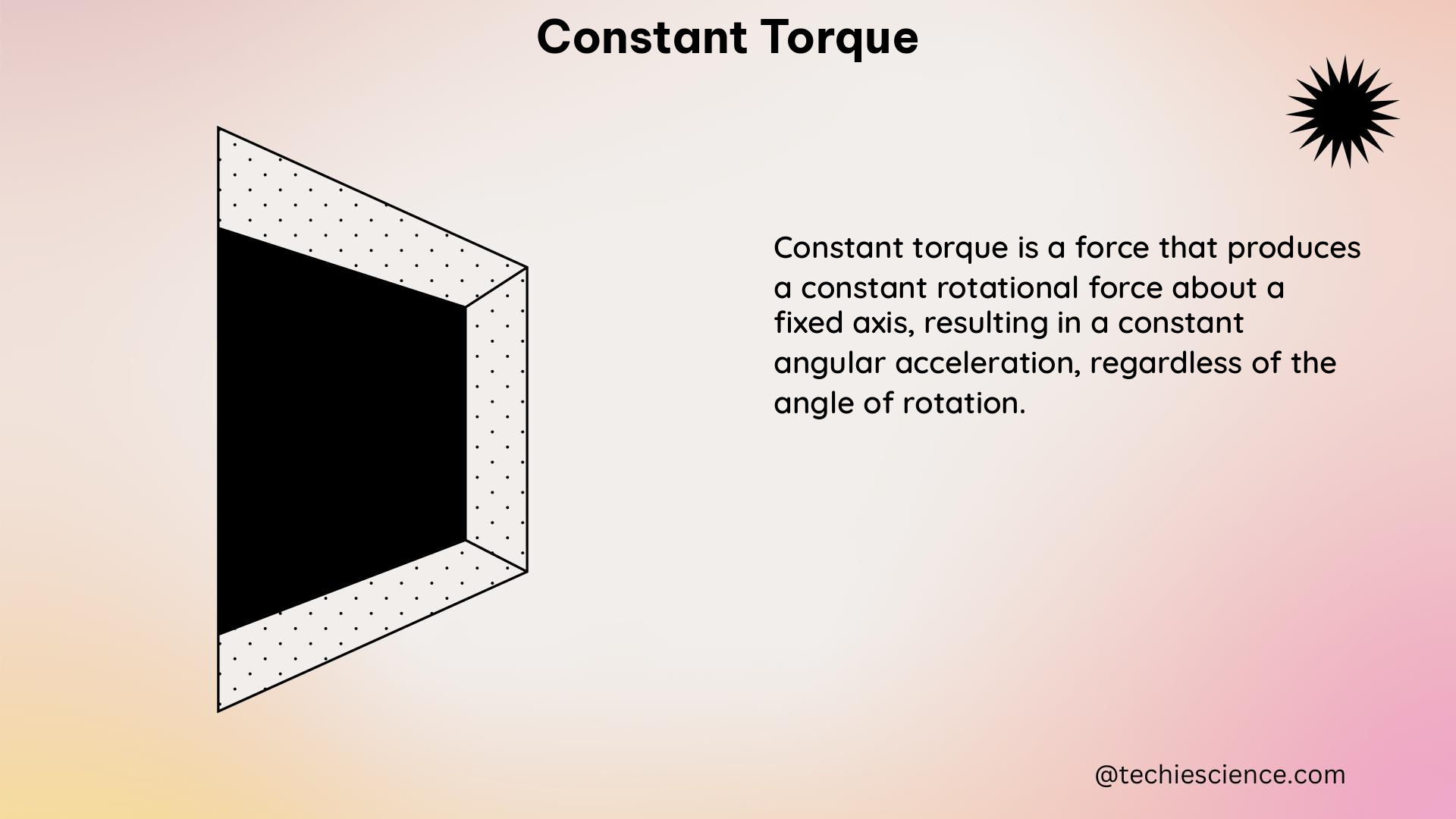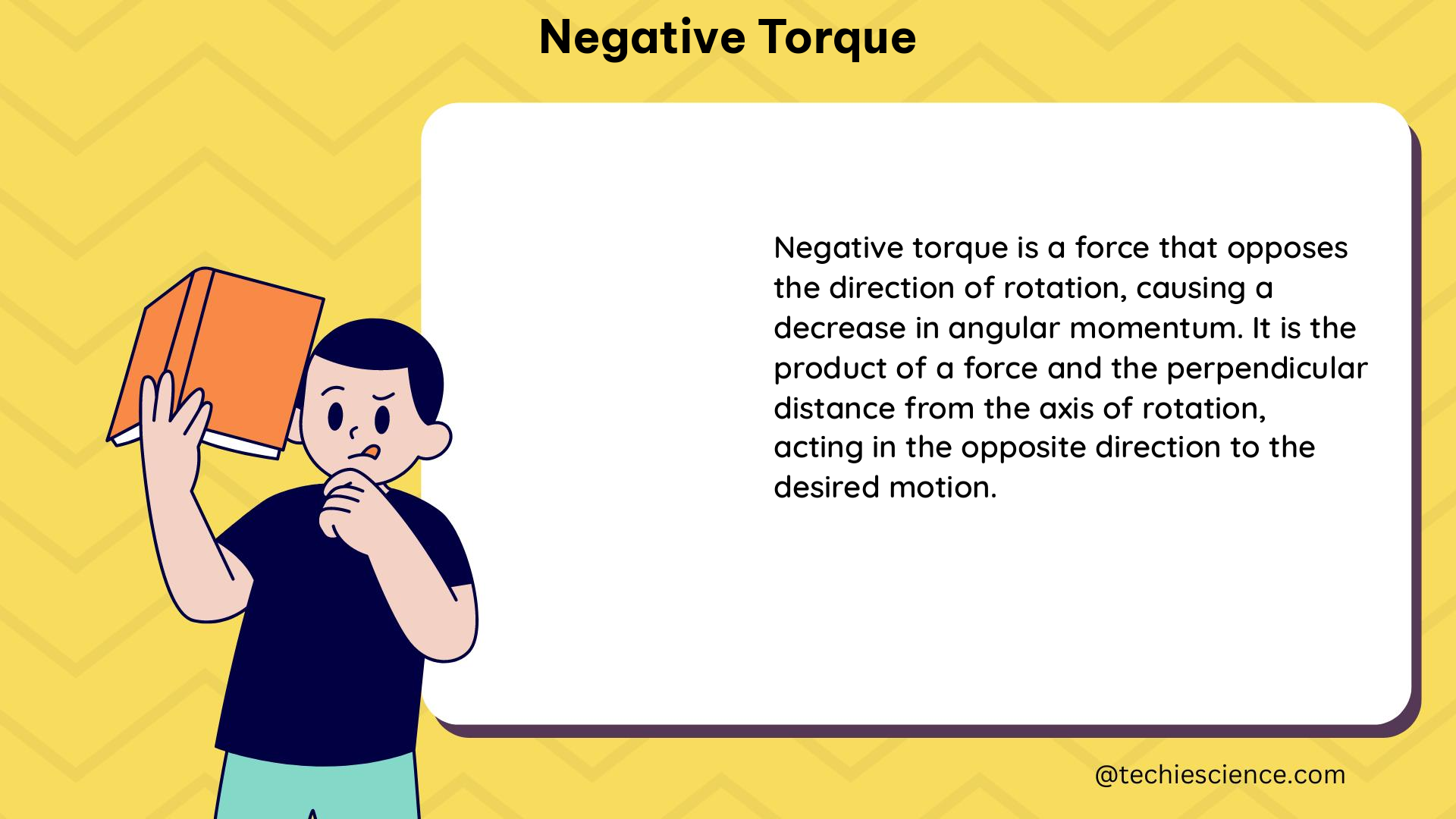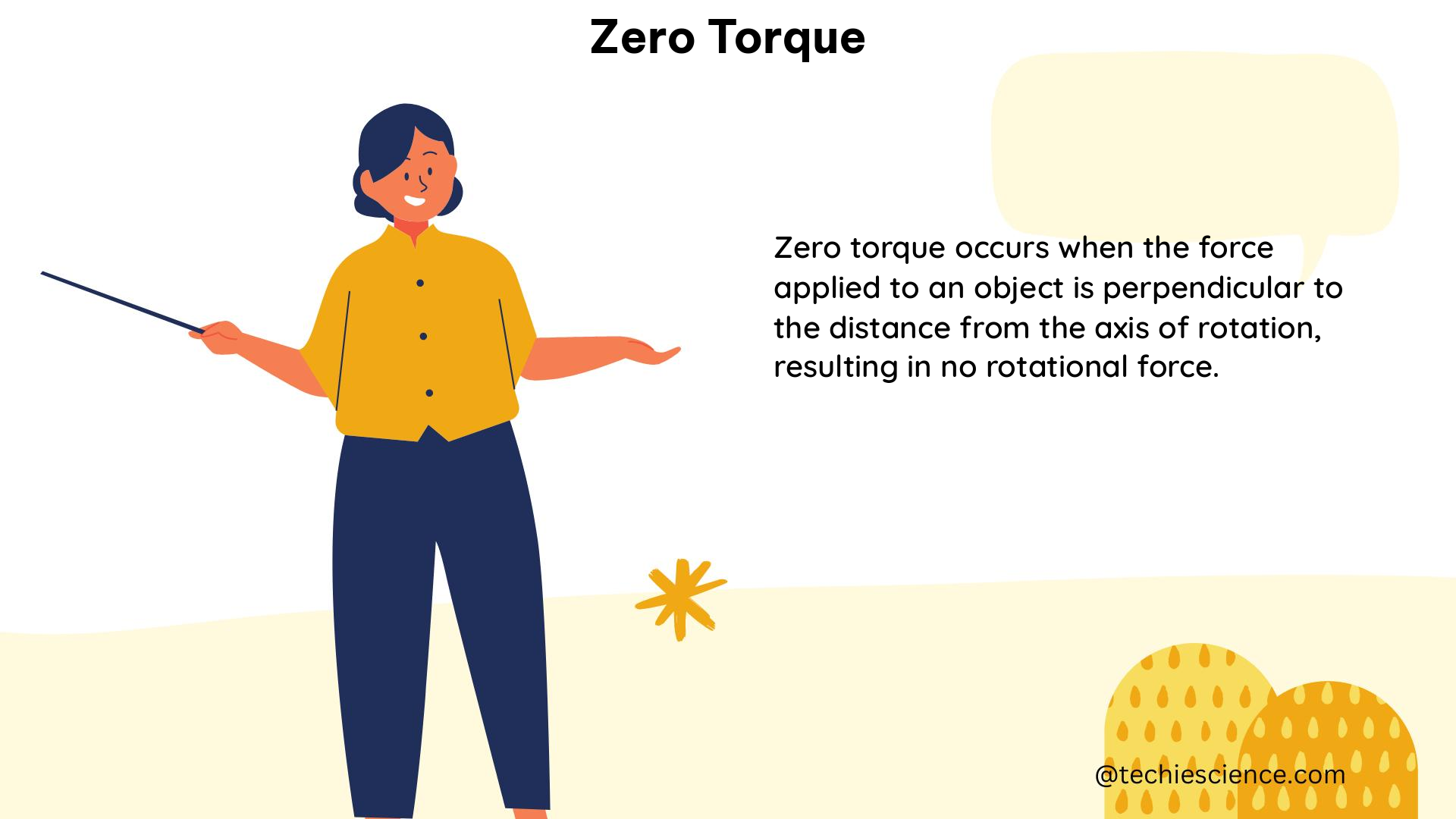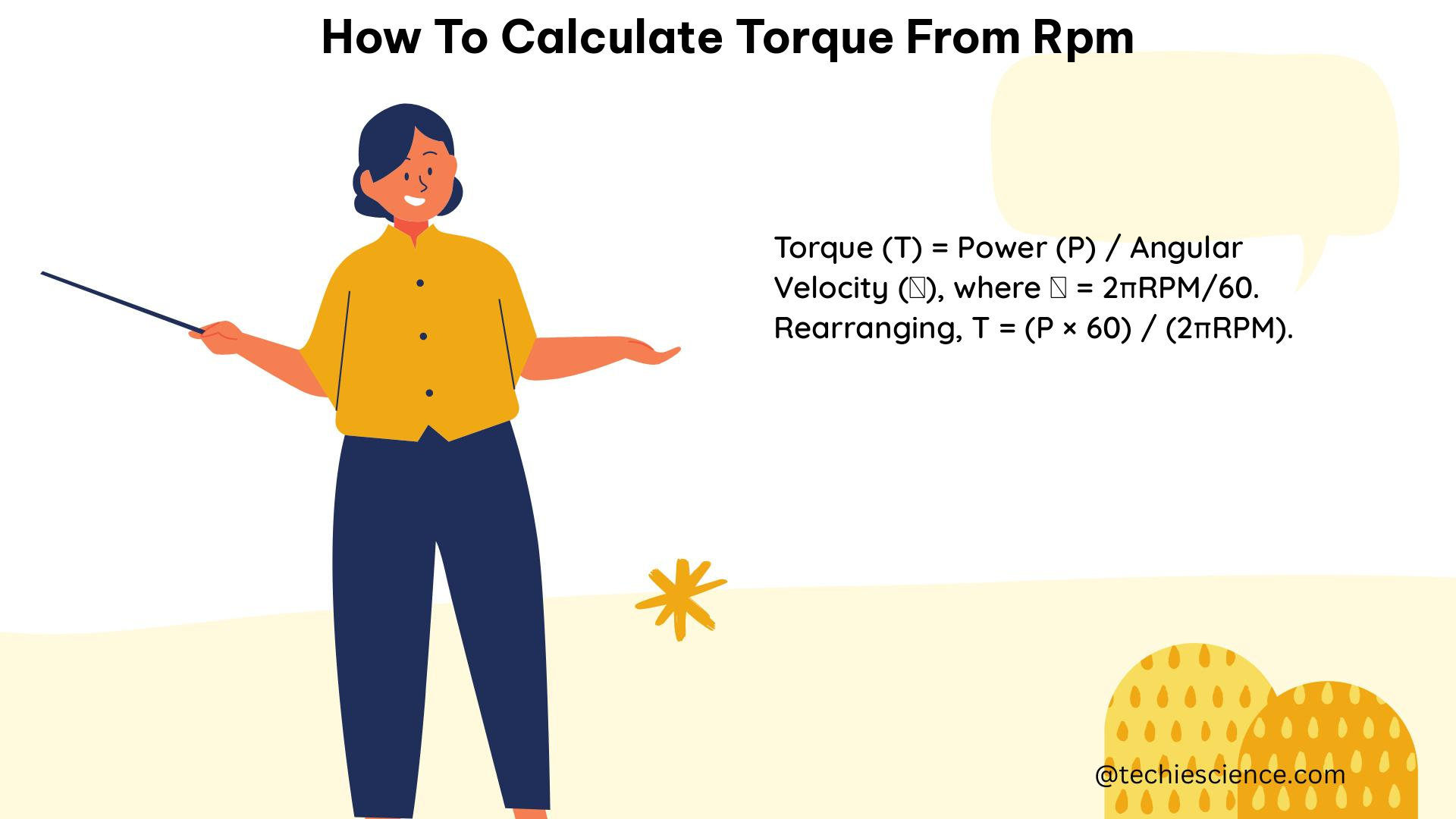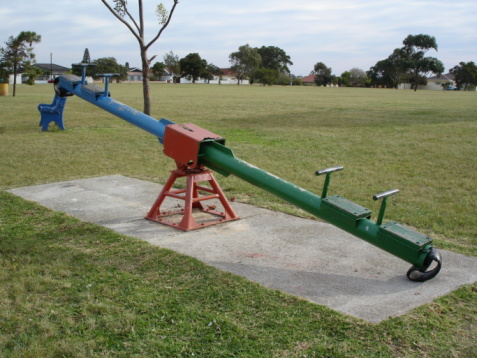Torque is a fundamental concept in physics, describing the rotational force that can cause an object to spin around an axis. Understanding the direction of torque is crucial for solving problems in rotational dynamics and kinematics. This comprehensive guide will delve into the technical details and provide a hands-on approach to mastering the direction of torque.
Understanding Torque as a Vector Quantity
Torque is a vector quantity, meaning it has both a magnitude and a direction. The direction of the torque vector is determined by the right-hand grip rule. Imagine curling your fingers around the axis of rotation, with your fingers pointing in the direction of the force. Your thumb will then point in the direction of the torque vector.
The torque vector defines the axis of motion that the object tends to rotate around. This is crucial in understanding the behavior of rotating systems, as the direction of the torque vector determines the direction of the rotational motion.
Describing the Plane of Rotation
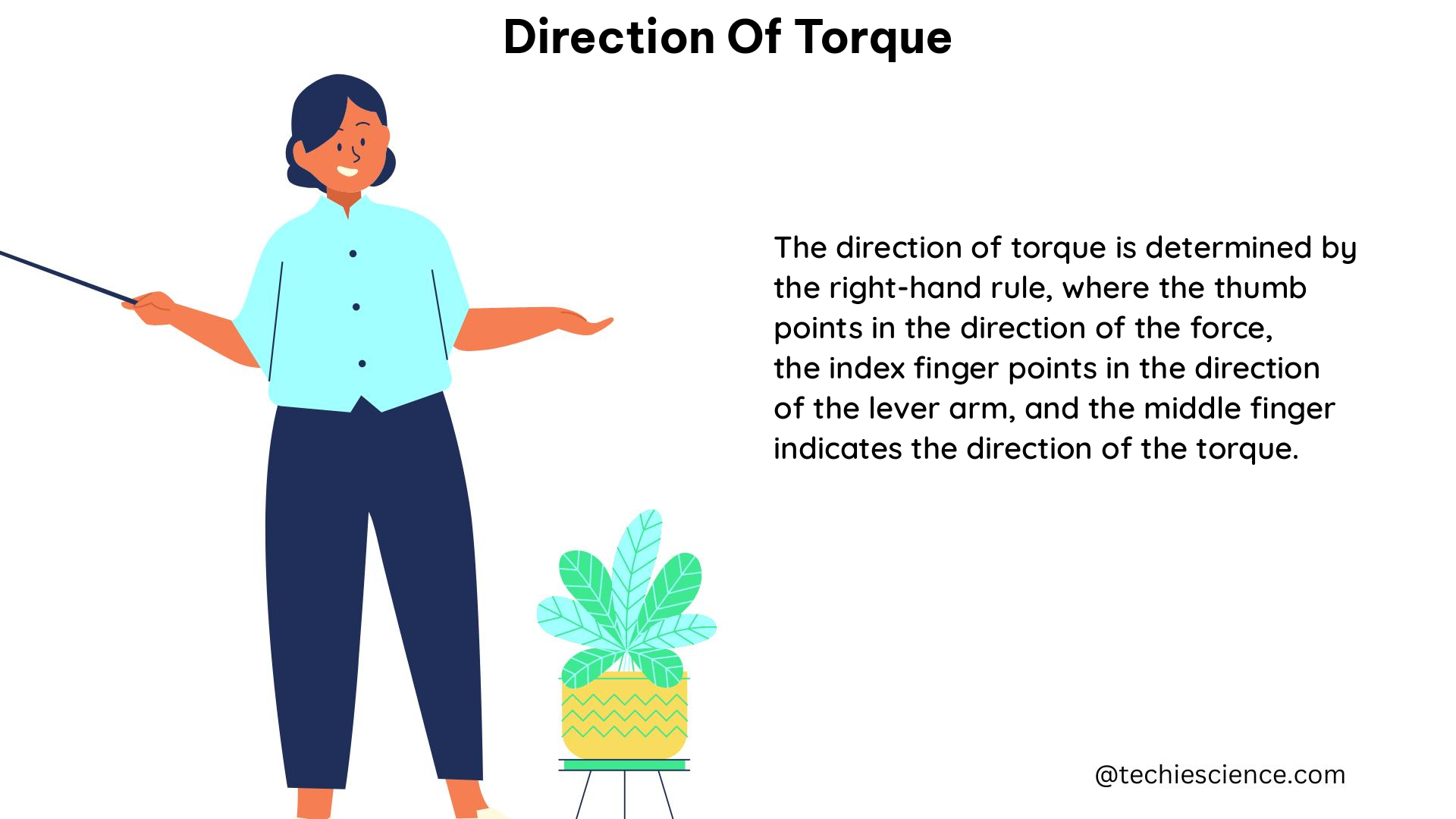
The direction of the torque vector also provides information about the plane in which the object is rotating or could potentially rotate. One way to describe this plane is using the point normal form, where a vector perpendicular to the plane represents the torque vector.
This perpendicular vector, known as the normal vector, is essential in understanding the orientation of the rotational motion. It allows us to visualize the plane of rotation and the direction of the torque vector within that plane.
The Right-Hand Rule Convention
The use of the right-hand rule to determine the direction of the torque vector is a convention in physics. This convention is followed consistently, as it allows us to utilize the framework of vector mechanics in problems involving angular momentum and other rotational quantities.
The right-hand rule states that if you curl your fingers around the axis of rotation, with your fingers pointing in the direction of the force, your thumb will point in the direction of the torque vector. This convention is essential in maintaining consistency and simplifying the analysis of rotational systems.
Measuring Torque in Static and Rotating Systems
Measuring torque in a non-rotating, or static, system is relatively straightforward. By measuring the force and the length of the moment arm, the torque can be calculated directly using the formula: τ = r × F, where τ is the torque, r is the moment arm, and F is the force.
However, measuring torque in a rotating system is more challenging. One method involves measuring the strain within the metal of a drive shaft that is transmitting the torque and sending this information wirelessly. This allows for the indirect measurement of the torque in a rotating system.
Torque in Rotational Kinematics
The direction of the torque vector is a crucial concept in rotational kinematics, the study of the motion of rotating objects. The torque vector defines the axis of rotation and the direction of the rotational motion. This information is essential in analyzing the angular acceleration, angular velocity, and angular momentum of rotating systems.
For example, consider a rigid body rotating around a fixed axis. The torque vector will be perpendicular to the plane of rotation and will determine the direction of the angular acceleration and the resulting rotational motion.
Numerical Examples and Problem-Solving
To solidify your understanding of the direction of torque, let’s explore some numerical examples and problem-solving techniques.
Example 1: A force of 10 N is applied to a lever arm with a length of 2 m. Determine the direction of the torque vector.
Given:
– Force, F = 10 N
– Moment arm, r = 2 m
Using the right-hand rule, we can determine the direction of the torque vector:
1. Curl your fingers around the axis of rotation, with your fingers pointing in the direction of the force.
2. Your thumb will point in the direction of the torque vector.
In this case, the torque vector will be perpendicular to the plane formed by the force and the moment arm, and it will point in the direction of the thumb.
Example 2: A wheel is rotating clockwise around a fixed axis. Determine the direction of the torque vector.
To find the direction of the torque vector, we can use the right-hand rule:
1. Curl your fingers around the axis of rotation, with your fingers pointing in the direction of the rotational motion (clockwise).
2. Your thumb will point in the direction of the torque vector.
In this case, the torque vector will be perpendicular to the plane of rotation and will point in the direction of the thumb, which is upward.
Example 3: A force of 5 N is applied to a lever arm with a length of 1 m, causing the lever to rotate counterclockwise around a fixed axis. Determine the direction of the torque vector.
Given:
– Force, F = 5 N
– Moment arm, r = 1 m
– Rotational motion is counterclockwise
Using the right-hand rule:
1. Curl your fingers around the axis of rotation, with your fingers pointing in the direction of the force.
2. Your thumb will point in the direction of the torque vector.
In this case, the torque vector will be perpendicular to the plane formed by the force and the moment arm, and it will point in the direction of the thumb, which is downward.
These examples demonstrate how to apply the right-hand rule to determine the direction of the torque vector in various scenarios, including static and rotating systems.
Conclusion
The direction of the torque vector is a fundamental concept in physics, with far-reaching applications in rotational dynamics and kinematics. By understanding the right-hand rule, the relationship between the torque vector and the plane of rotation, and the techniques for measuring torque in different systems, you can develop a comprehensive understanding of this essential topic.
Through the examples and problem-solving exercises provided, you can practice applying the principles of torque direction and solidify your knowledge. Remember, mastering the direction of torque is crucial for success in physics and the analysis of rotational motion.
References
- Dewesoft. (n.d.). How to Measure Torque. Retrieved from https://dewesoft.com/blog/how-to-measure-torque
- FUTEK. (n.d.). Torque Measurement. Retrieved from https://www.futek.com/torque-measurement
- ThoughtCo. (2019). Calculating Torque. Retrieved from https://www.thoughtco.com/calculating-torque-2698804
- Physics Stack Exchange. (2017). Why does torque point perpendicular to direction of the motion? Retrieved from https://physics.stackexchange.com/questions/321540/why-does-torque-point-perpendicular-to-direction-of-the-motion
- Khan Academy. (n.d.). Torque tutorial. Retrieved from https://www.khanacademy.org/science/physics/torque-angular-momentum/torque-tutorial/a/torque
- Britannica. (n.d.). Torque. Retrieved from https://www.britannica.com/science/torque
- Engineering ToolBox. (n.d.). Torque Dynamics. Retrieved from https://www.engineeringtoolbox.com/torque-dynamics-d_1783.html
- Measurand. (n.d.). Torque Measurement Basics. Retrieved from https://www.measurand.com/knowledge-base/torque-measurement-basics/
